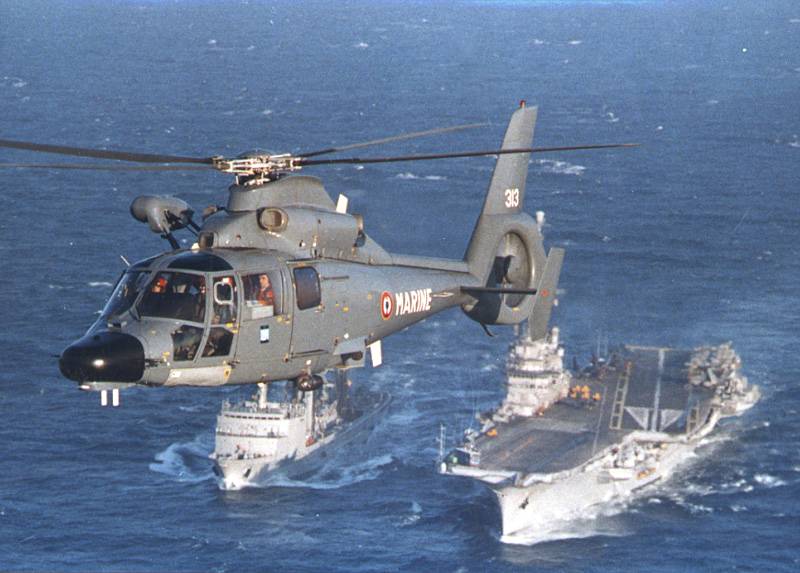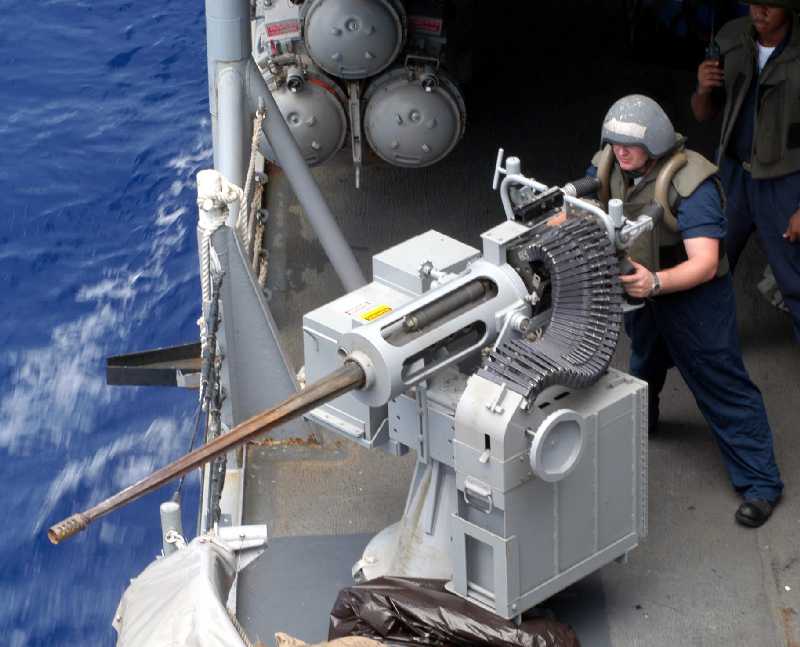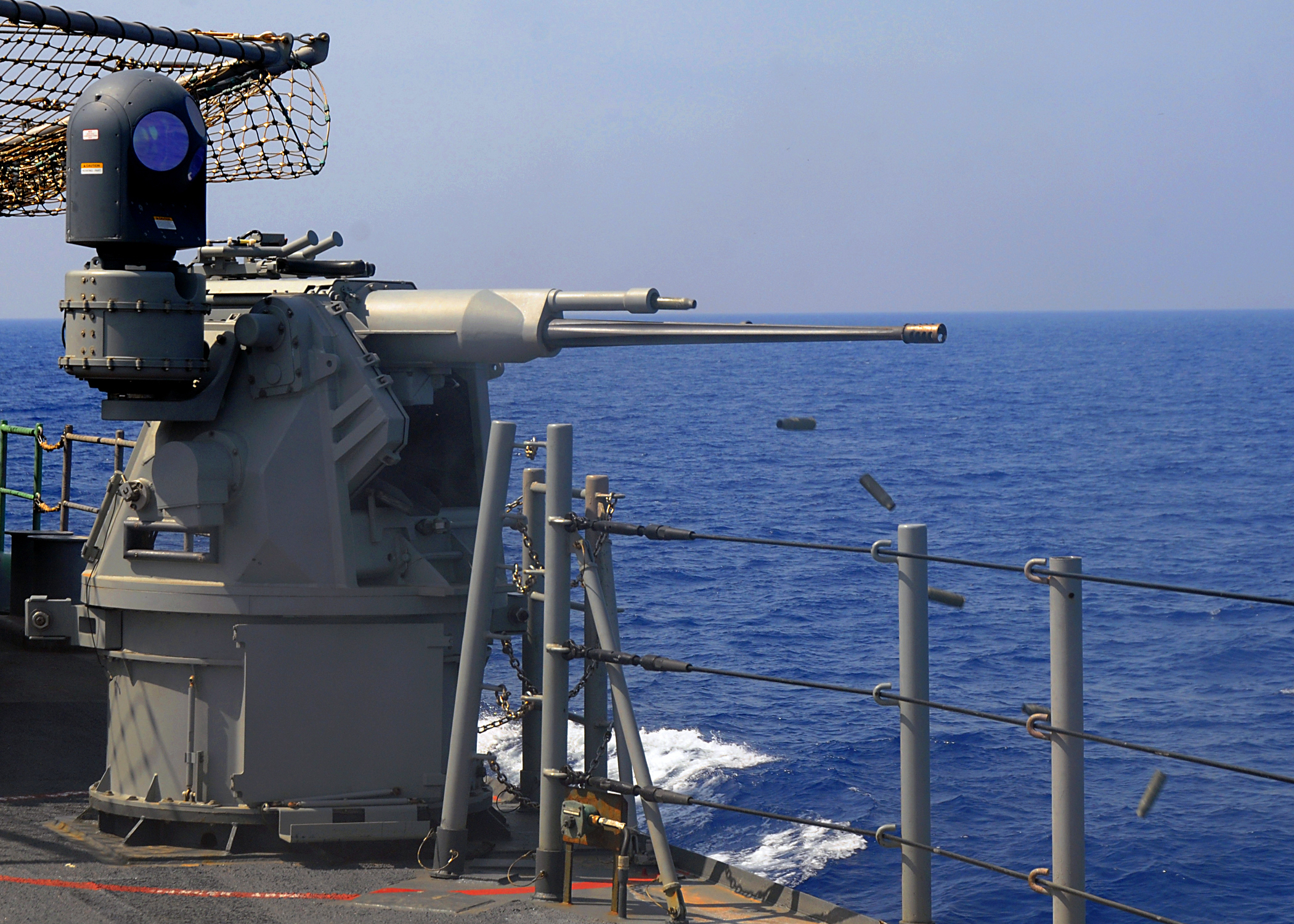I have always been a person who believes that the United States should always hold the moral high ground, and I didn't change my mind about that after 9/11. If there is anything revealed by the debate sparked by the "torture memos," though, it is that it is hard to see where that moral high ground is. In this post, I'm going to try to work through this and see if I can arrive at a conclusion.
I watched a great debate between FNC anchor (and attorney) Megan Kelly and Sr. Legal Correspondent Judge Andrew Napolitano on Beck yesterday. As interesting as it was, it also demonstrated the limits of using legal thought to work through this issue. The debate came down to an argument about the definition of torture. Kelly relied on a definition created by Congress that is used for interpretation of the Torture Convention, a standard which the Judge correctly pointed out is so narrow that it wouldn't include medieval torture devices. The Judge offered up a universal standard, “Any intentionally inflicted cruel or inhumane or degrading treatment, unauthorized by a court of law, perpetrated for the punishment of the victim, to extract statements from the victim, or to gratify the perpetrator,” which IMO makes a lot more sense intuitively. So I think in terms of definitions, the Judge has it right (although in legal terms, the "universal" definition doesn't have the weight that Congress' definition has, so Kelly won on the law).
Unfortunately, I don't really care that much about the law or the definition for their own sakes. I care about knowing where to draw the line, and that isn't necessarily determined by a definition. And the law should be based on that line, not the other way around.
I think the Judge's definition of torture makes sense linguistically, but morally, I cannot say that it is categorically wrong to "inflict cruel or inhumane or degrading treatment to extract statements" from a terrorist. (I can say that it is categorically wrong to do so for the purpose of punishment--without authorization by a court, or for the gratification of the perpetrator). Which means this definition isn't the last word for the purpose of drawing any lines. I think we need another principle.
What principles should be in effect for the boundaries of interrogation? Well, going back to the definition for what it is good for, I think it should be a principle that we do not punish a person without sanction of a court. This is the same principle that forbids vigilantism and is one of the pillars of the Rule of Law. A second useful principle we can take from the Judge's definition is that we should never inflict harm/cruelty/inhumanity/degradation/whatever on a person for sadistic purposes. Again, this should be obvious, the interrogator is an agent of the state and must act in the interests of the state, not his/her own. These two principles are easy because they both involve purposes which are illegitimate.
But the other purpose--extracting information--is a legitimate purpose because it is a necessary part of the executive's responsibility to protect the lives of its citizens. Knowing that the state has the power to do this, we must use the rights of the individual to define the boundaries of this power. The rights I think applicable here are life, and what I'll call a freedom of bodily integrity (which would be violated by, e.g., a battery). Liberty might be applicable in some cases, but since this issue is based on detainees being terrorist suspects or enemy combatants, the confinement of both are questions settled epochs ago. Life might be easy enough because of its magnitude. Or is it?
I do see a balancing relationship at work here, involving the weighing of the state's duty to save innocents (indeed, we could even weigh the lives of those innocents themselves) and the rights (including the lives) of the suspects/detainees. And I feel it necessary to point out that it is universally accepted in civilized countries that it is NOT wrong to kill when it is necessary to prevent imminent death or great bodily harm to an innocent, or sometimes even to prevent a forcible felony. So, although I feel a natural urge to categorically say it is wrong to kill a suspect/combatant under any circumstances short of a capital conviction, the aforementioned principle gives me pause. Of course, this principle usually applies to a criminal being killed while attempting a crime, while what we are considering involves a suspect/combatant that is in custody, while his/her comrades are attempting an attack. Is that an important distinction?
Perhaps it is. In the case of a criminal in the middle of a crime, there is no doubt. Whoever is using deadly force to stop the criminal knows the person he/she is about to shoot is the the criminal and knows what harm is being threatened if he/she does not act. When a person is in custody, there is always the question of whether we have the right person. We also cannot always be sure what the person knows, and whether obtaining that knowledge will be sufficient/timely enough to prevent an attack. We may not even know that there is an attack planned to begin with. There is an enormous difference between killing someone knowing it will save an innocent and killing someone hoping that it will. Also, when a person kills a criminal to prevent a crime, the criminal being killed and the person threatening the harm are one and the same person. A terrorist/combatant in custody is not the person threatening the harm; his/her comrades are. The issue here is one of (potential) innocence. So, we have at least two useful principles here.
One principle involves third parties. As mentioned above, the suspect/combatant in custody is not the one who will carry out the attack. In other words, the person who might be killed to prevent the attack may be innocent of the planned attack, while in the justifiable homicide example the person killed is not innocent. The third party issue also comes up on the issue of death, and perhaps harms less than death as well, because death would have to be inflicted on a person other than the person who has the information if the interrogators had any hope of getting it. (Threatening death unless the person talks doesn't work, because killing the person with the information will not result in getting the information, therefore, the purpose of killing must have been punitive, sadistic, or some other illegitimate purpose). I see a bright moral line against harming innocents in order to extract information from another. Doing so would be to become the very evil we are fighting against. However, it should be noted that co-conspirators are NOT innocent. So threatening to kill a suspect's/combatant's family is out-of-bounds, while threatening to kill another member of the plot may not be.
The other principle we can derive from the homicide justification is that that one of the key lines in this issue is formed by
what we know. When we know that there is an attack planned, when we know that the attack would kill a large number of people, when we know that a suspect/combatant in custody has knowledge of the attack, and when we know that we could prevent the attack if we obtained that information, it is morally justified to kill to obtain that information.
A fortiori, (and for the sake of avoiding the logical absurdity of a dead person giving up information), harms less than death are also morally justified. But, as our knowledge decreases, then so does our justification.
I can think of a few key points on the scale that would effect the balance and determine the level of coercion that would be justified. Permanent injury would be a big one. Like death, permanent injury is an extreme violation, where the rights of the suspect/combatant are at their highest ebb. Arguably, some sorts of permanent injury may be worse than death. So this has to be off the table in all but the most extreme circumstances; i.e., cannot be done unless the interrogators know for sure that inflicting the harm will save many innocent lives.
If the interrogators know for sure that a suspect/combatant has knowledge of an attack, but do not know enough about the attack to know whether the information the suspect/combatant has will enable them to prevent it, the government's interest is still at a very high ebb. Some level of coercion is therefore justified in these circumstances. Death and permanent injury are not. But I cannot say it is wrong to inflict pain, discomfort, humiliation, etc. upon a person who has information about an attack and refuses to disclose it otherwise.
In the vast majority of cases of individuals being detained, we will not know what information they might possess. The will of course still be interrogated. But without knowing for sure, or at least having probable cause to believe that they have information, inflicting any sort of harm upon them cannot be morally justified. In these cases--the vast majority of cases--the lines that Judge Napolitano described are appropriate. Whether criminal suspects or enemy combatants, they should simply be detained and questioned prior to being charged or detained for the duration of the conflict, respectively.
Summary- The debate about interrogation should be on moral, not legal terms. The law should be written such that it tracks the moral boundaries at issue.
- The moral boundaries of this issue are defined by a balancing of the duty of the government to protect innocent lives (and the value of those lives themselves) vs. the rights of the suspect/combatant in his/her own life and bodily integrity.
- Purposes such as punishment and sadism are illegitimate in the context of interrogation. Punishment may be inflicted only upon sanction by a duly authorized tribunal. Sadistic purposes are never legitimate.
- The principle of justifiable homicide, widely accepted in the civilized world, is assumed to be morally correct and is used as a benchmark. It is morally justified to kill when doing so is necessary to prevent death or great bodily harm to innocents, and when the person to be killed is involved in bringing that threat of harm upon the innocents.
- Therefore, it is morally justified to harm or even kill a terrorist/combatant when doing so will prevent the death of innocents. This assumes (1) actual, certain knowledge of the interrogators that the knowledge obtained will in fact prevent an attack, and (2) the person the harm will be inflicted upon is culpable in a meaningful way for the planned attack (i.e., a co-conspirator). This combination will almost never be occur in reality.
- The balancing of interests and rights tips in favor of the suspect/combatant as the interrogators' knowledge becomes less certain. "Enhanced interrogation techniques" that do not cause permanent injury can be justified when the interrogators know that the suspect/combatant has information that, if obtained, might lead to innocents being saved.
- Any infliction of harm, pain, cruelty, degradation, etc. is inappropriate in the majority of cases where interrogators have no knowledge that the suspect/combatant has information about a planned attack and is simply being subject to routine questioning.
Closing RemarksI think the tactics revealed in the "torture memos" are consistent with what I've concluded can be justified when the interrogators have specific knowledge that the suspect/combatant has information about an attack. According to the memos, the interrogators did in fact have such knowledge. I therefore do not morally condemn what was done, but rather applaud the use of these techniques, within the boundaries described in the memo, as being quite reasonable and appropriate, especially if they prevented planned attacks. I do worry, however, that there is a danger that these techniques might be used more routinely, which would be a problem.
When I started this, I thought I would end up condemning waterboarding and the "caterpillar treatment." The justifiable homicide benchmark was not something I had thought about until I was halfway through this, and it's changed my mind about the issue. I think I had an association in my mind between "torture" and our enemies--our enemies use torture, therefore torture is wrong and we should not do it. This is faulty reasoning, as our enemies also do things like punish murderers and enforce contracts, but those are obviously not wrong. By analyzing this issue on purely moral terms, I was able to dispense with this association.
I don't think "enhanced interrogation techniques" makes us evil or more like our enemies. I don't feel any moral outrage over the idea that someone in the DPRK, for example, harmed a domestic terrorist to prevent a bombing that would have killed hundreds--that is not evil. I feel outrage over the idea that someone in the DPRK was mutilated to get a family member to confess to a thoughtcrime against Dear Leader--that IS evil. The moral boundaries I've outlined prevent us from crossing the lines that our enemies cross. We will still hold the moral high ground.
I'll close with a
quote I read about the piracy issue that is equally poignant here:
Piracy, of course, is hardly the only form of barbarism at work today: There are the suicide bombers on Israeli buses, the stonings of Iranian women, and so on. But piracy is certainly the most primordial of them, and our collective inability to deal with it says much about how far we've regressed in the pursuit of what is mistakenly thought of as a more humane policy. A society that erases the memory of how it overcame barbarism in the past inevitably loses sight of the meaning of civilization, and the means of sustaining it.
--BRET STEPHENS













